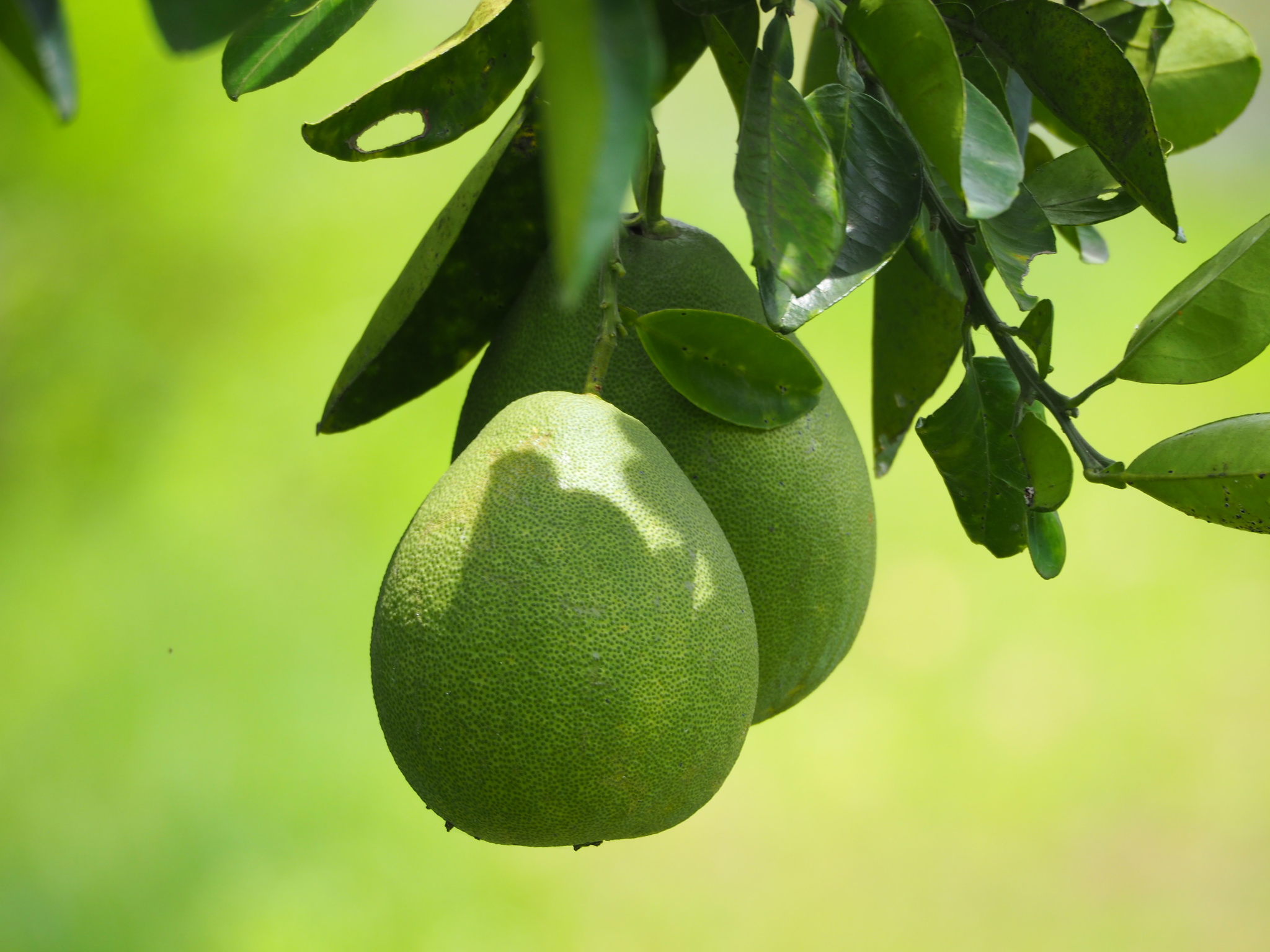Pomelo, known locally as “toronja gigante” or sometimes simply “pomelo,” has carved a unique space in Mexican agriculture and cuisine. While it may not enjoy the same level of national recognition as oranges or limes, pomelo is increasingly appreciated for its size, refreshing acidity, and versatility. In Mexico, pomelo is more than just a tropical fruit—it is a seasonal staple in many local markets and homes, particularly during the dry season.
:strip_icc()/GettyImages-495724814-c621ec4330d44261bf542b9dd02ff0a5.jpg)
Growing Regions and Cultivation
Mexico’s pomelo cultivation is concentrated in the Gulf Coast and southern regions, where the subtropical climate and fertile soil provide ideal conditions for citrus farming. Key growing areas include:
-
Veracruz, particularly the Papantla and Martínez de la Torre regions
-
Yucatán Peninsula, known for its limestone-rich soils
-
Tamaulipas and San Luis Potosí, which provide a cooler microclimate at certain elevations

In these areas, small- and medium-scale farms often grow pomelo alongside other citrus fruits. Farmers use traditional growing techniques passed down through generations, combined with newer practices like integrated pest management and organic composting. Pomelo trees in Mexico are hardy and adaptable, often thriving without extensive irrigation systems thanks to natural rainfall and strategic planting on sloped terrain to prevent waterlogging.
The fruit typically ripens between November and March, depending on the region. Harvesting is still mostly done by hand, and local cooperatives play a critical role in post-harvest sorting, washing, and marketing. While most pomelo production is consumed domestically, there is increasing interest in export, especially to the U.S. and Central America.
Cultural Role and Everyday Use
Pomelo has a casual but strong presence in Mexican daily life, especially in rural and coastal areas. During citrus season, pomelos are commonly sold by street vendors and in tianguis (open-air markets), often peeled and cut into wedges, ready to eat with a dash of chili powder, lime juice, and salt. This sweet-spicy-sour combination is emblematic of Mexican street food culture.
In homes, pomelo is used in refreshing snacks and beverages. Families often enjoy it as a dessert fruit, or juice it to make agua fresca de toronja—a light citrus drink that is especially popular during hot afternoons. In recent years, the fruit has also entered the realm of gourmet cuisine. Upscale restaurants and bistros in cities like Mexico City, Mérida, and Oaxaca are incorporating pomelo into fusion dishes, pairing it with grilled shrimp, duck, or avocado-based appetizers.
Traditional culinary practices, particularly in the Yucatán region, have also embraced pomelo in festive cooking. For example, segments of pomelo may be mixed with shredded coconut and honey in sweet tamales or used as garnish in ceremonial platters offered during religious observances like Día de los Muertos.
Nutrition and Health Awareness
With rising awareness of healthy eating and superfoods, pomelo has gained recognition in Mexico for its high vitamin C content, low calorie count, and antioxidant benefits. Nutritionists recommend it as a natural remedy for boosting immunity and aiding digestion. Health-conscious consumers appreciate its low sugar content compared to other citrus fruits, making it a smart choice for diabetics and those monitoring carbohydrate intake.
In markets and supermarkets, pomelo is increasingly found alongside health food products. It is promoted in wellness blogs and cooking shows as a fresh and functional ingredient. Some local juice brands now offer pomelo juice blends, mixing it with hibiscus, mint, or pineapple for added flavor and appeal.

Industry and Export Potential
Although pomelo farming in Mexico is still mostly regional and small-scale, there is growing interest in organizing producers into cooperatives and export-oriented clusters. The proximity to the U.S. makes Mexico a promising supplier for North American consumers seeking alternatives to grapefruit. Pomelo is also being considered for value-added processing, including juice concentrate, candied peel, and essential oils used in cosmetics.
Initiatives by Mexico’s Secretariat of Agriculture (SADER) aim to provide technical training to farmers, improve traceability systems, and introduce post-harvest technologies that extend shelf life. Universities such as the Universidad Veracruzana have conducted studies on pomelo genetics and grafting techniques to improve yield and disease resistance.
In summary, pomelo in Mexico is a citrus fruit on the rise. From humble street snacks to modern fusion dishes, it offers a vibrant reflection of Mexican flavor, resilience, and innovation. As more consumers discover its qualities, the story of Mexican pomelo is just beginning to unfold.




